| The powerful and emotive words in the headline of today's guest post come from John D. Allen. I came across John on Twitter after seeing the amazing story of how he gave up smoking by accident. Never having smoked myself - I've not had even one cigarette - I can't speak personally about how difficult, or otherwise, it is to quit smoking. Neither am I endorsing the product he uses. I'm simply giving him a platform to tell his story. |
It all began in 2006, when I, a smoker for around 30 years, had a stroke on left side of my body. I was barely able to call 911, but managed it somehow from the kitchen floor.
I thought I was going to die.
I spent 3 days in hospital. The first day I really didn't even know I was there. But after that I started getting better. Had a lot of tests, and 2 MRI scans I was very dizzy and that is when the ringing in my ear started. I was able to go home, but laying down I would still get dizzy. The dizziness got better but the ringing in my left ear got worse. I went to at least 3 ear doctors and each told me there was no cure for Tinnitus.
However, I was able to function, and went back to work. But the ringing was terrible. On a level of 10 it was ringing on an 8 or 9. It was terrible...but I was able to find a little relief with a small portable radio and earbuds. I'd listen to static from the radio with an ear bud in my left ear, and it felt so good. I carried this radio with me for maybe a year listening to static.
But later, I found my own solution.
Around 2008 I stumbled upon a newspaper article saying that Campral Acamprosate was maybe a cure for ringing in the ear. I was very excited and took it to my doctor, who gave me a prescription. It was an easy choice to take, either that or suck on a gun barrel. I took the drug for several months, and the ringing started to diminish. It didn't go away but went down to a level of 1 or 2 -- and I could go most of the day and never hear it.
Three months after starting to take Acamprosate I woke up one morning and didn't need to smoke! That was very strange, and scared me. It just wasn't normal. All the rest of that day I had no urge to smoke at all.
| The next day, and in the days that followed, there was no urge to smoke. Wow that was wonderful. I went months & months with no urge to smoke. Amazing: not one urge - and that's still the same today - 11 years nicotine free now. I started telling people. But no-one believed me. I had no proof, it just my word - hopeless. Then, around four years after stopping smoking, I discovered something else. |
| I was elated that Acamprosate might be efficacious in treating nicotine addiction in humans. So, I wasn't crazy after all. I was right: Acamprosate may make a person quit smoking. I had some proof now, and thought people would believe me now. But NOOOOOOOOOO. Despite finding other items about it online, it's still no good. People still don't believe me. |
Then, in January 2019 I finally found another person who quit smoking with Acamprosate: Samantha Jones, of Westrern North Carolina, who stopped after being a smoker for 20 years. She and I have become good buddies, and talk almost every day.
There seems to be clear evidence that Acamprosate is used in the treatment of alcoholism, but there's little information about its effects on nicotine addiction. The object of the study was to determine whether Acamprosate inhibits cue-induced relapse to nicotine self-administration in the rats. The rats were trained to press a lever to obtain intravenous infusions of nicotine (0.03 mg/kg/infusion) that were associated with the illumination of a cue light.
After 29 days of nicotine self-administration sessions, extinction sessions were run, during which responses on the active lever didn't result in the infusion of nicotine, or the illumination of the cue light
| After 14 days of extinction sessions the rats received twice-daily injections of saline or Acamprosate (50, 100, or 200 mg/kg/ intraperitoneally). Seven days later the response to the previously conditioned cue was tested, but only saline infusions were delivered. Pre-treatment with all doses of Acamprosate reduced. responding to a cue previously associated with nicotine. The lowest dose of Acamprosate (50 mg/kg) reduced responding for the cue previously associated with nicotine infusions, but had no effect on food-rewarded behavior. These results show that Acamprosate reduced cue-induced nicotine-seeking behavior and suggest that Acamprosate might be efficacious in treating nicotine addiction in humans. |
https://twitter.com/IQuitSmoking_1
And find more information on his website:
https://www.campralquitsmoking.com/
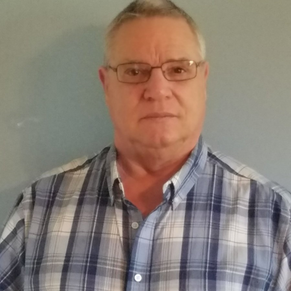

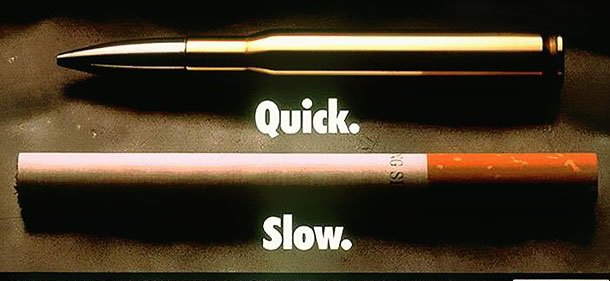
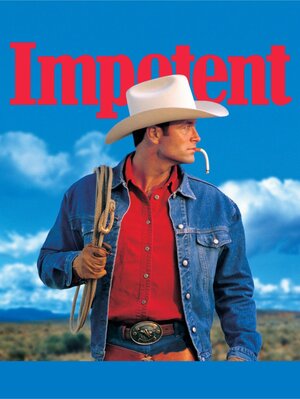

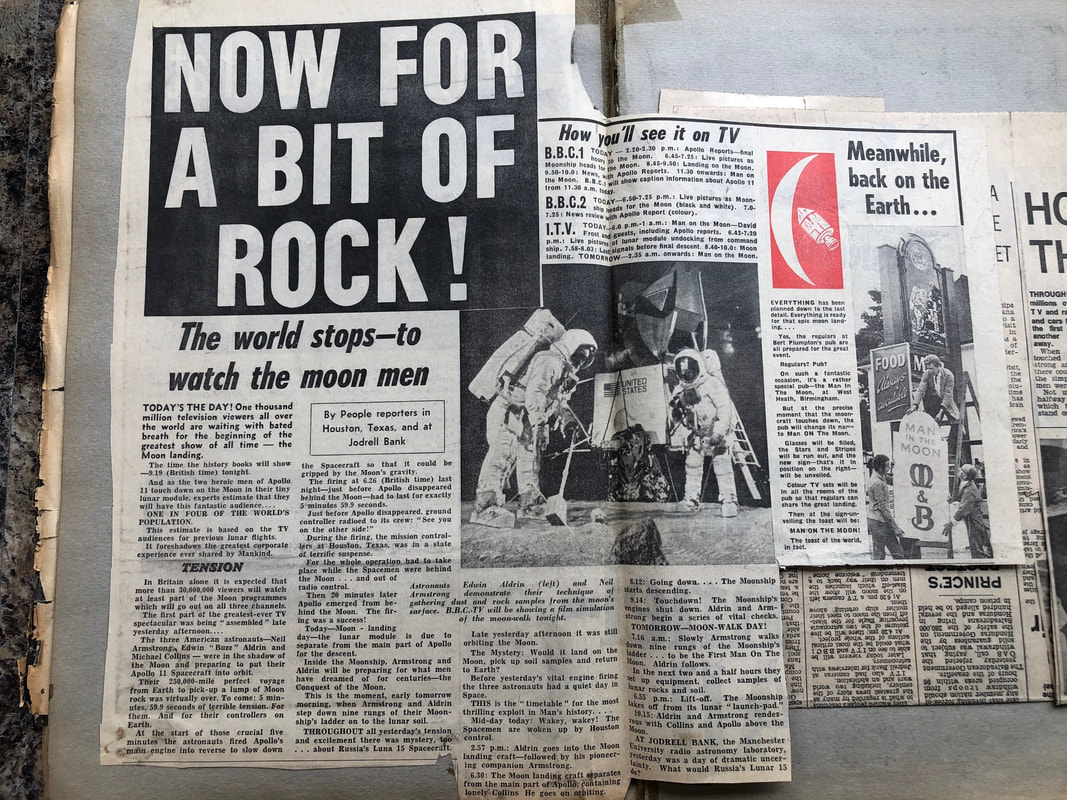
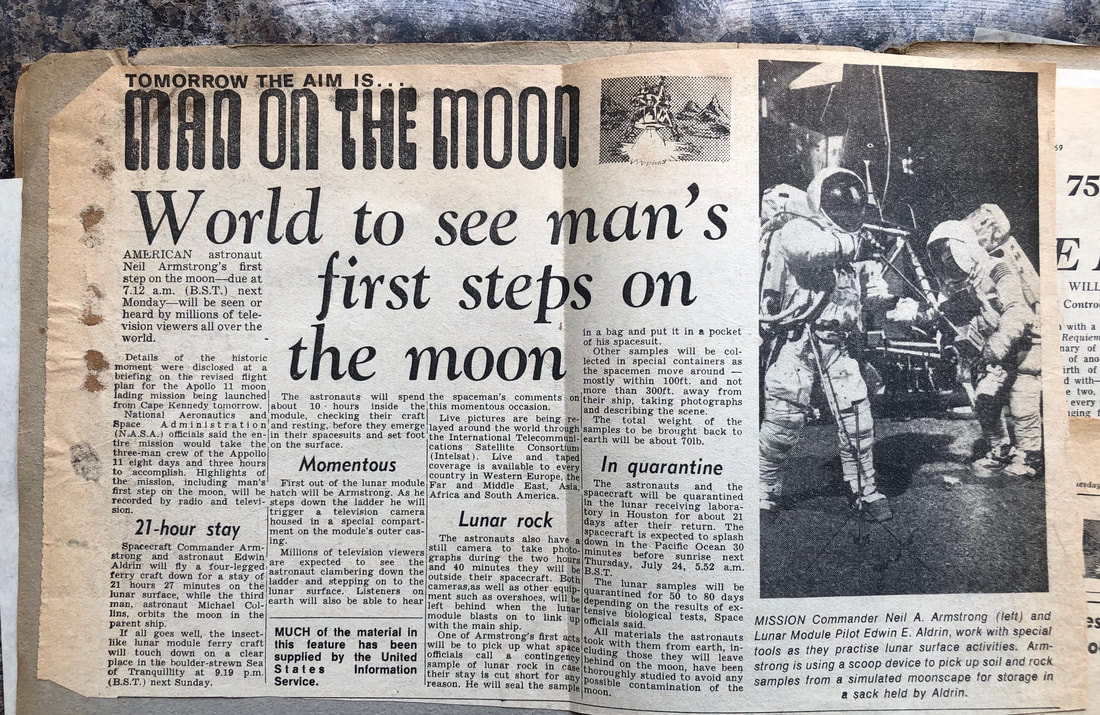
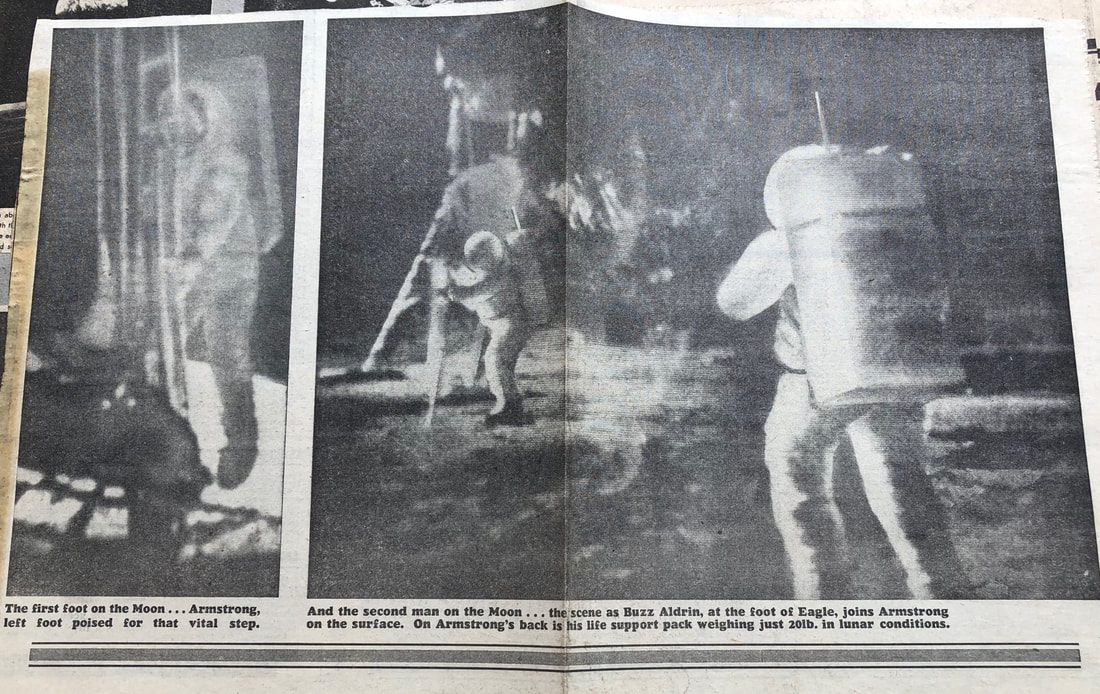
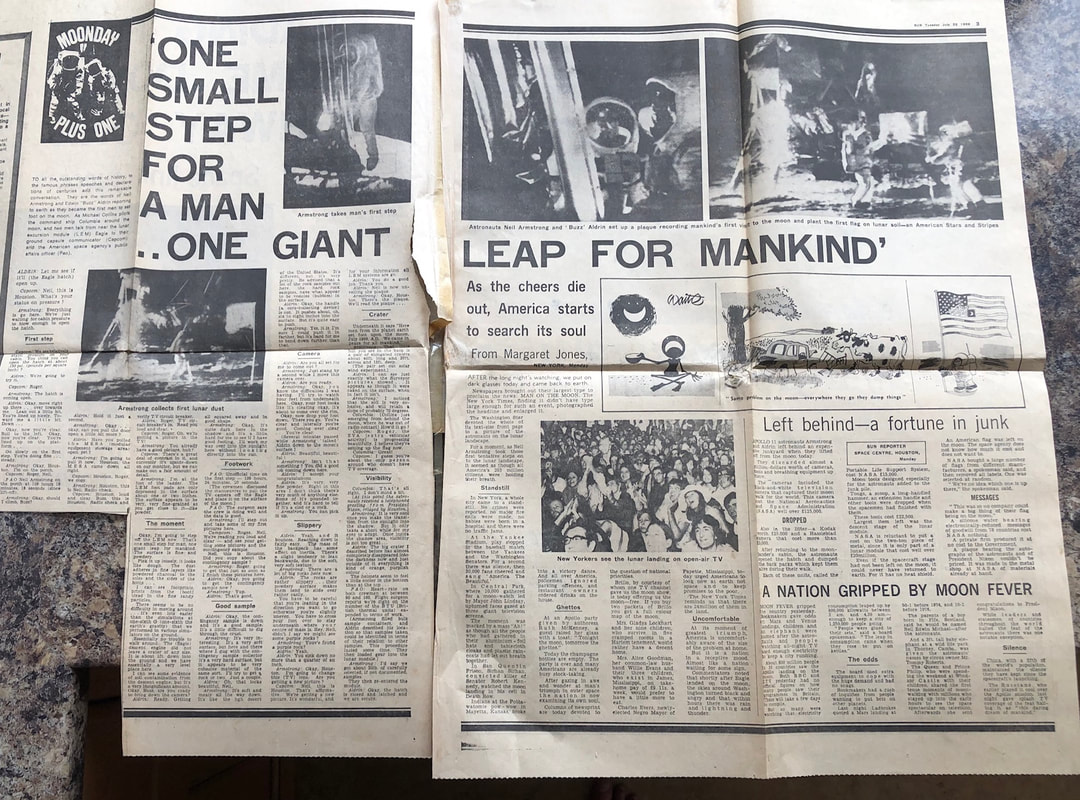
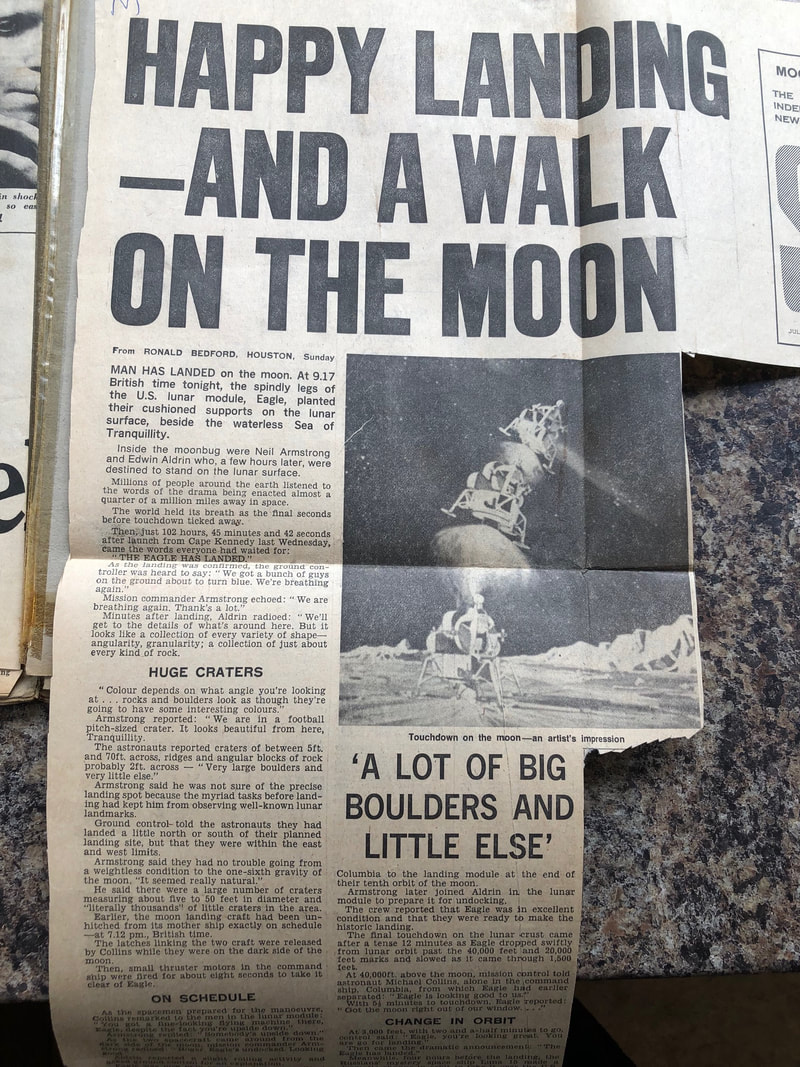
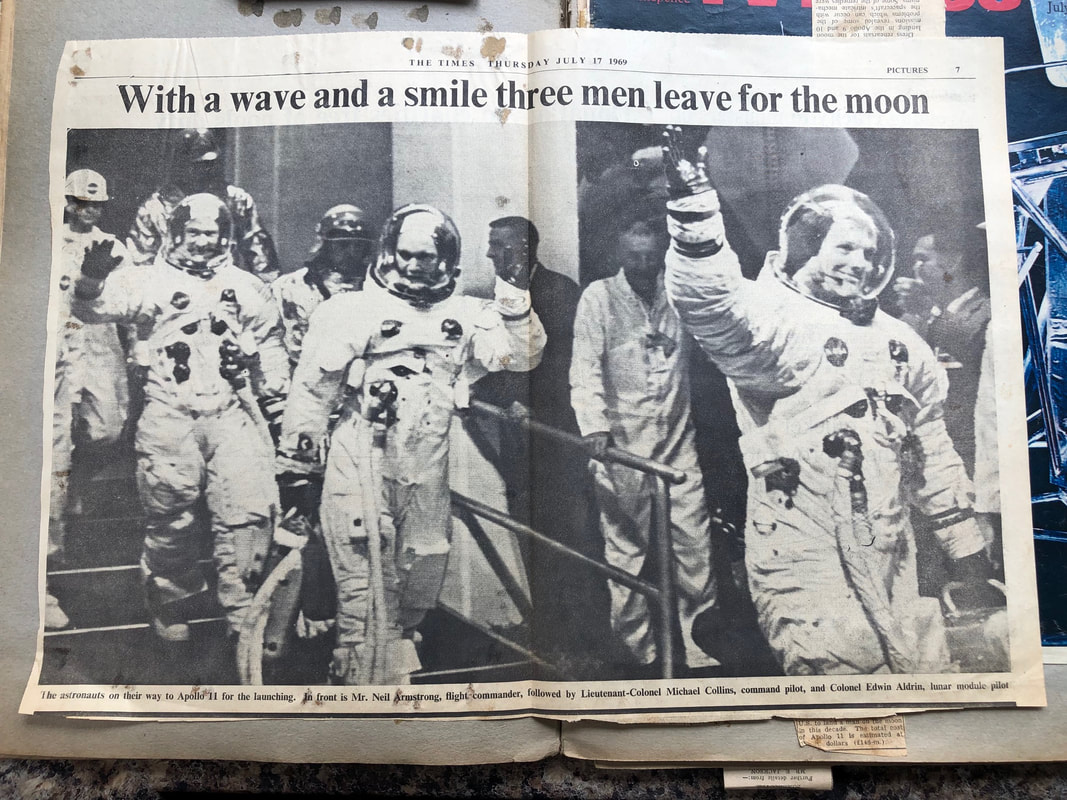
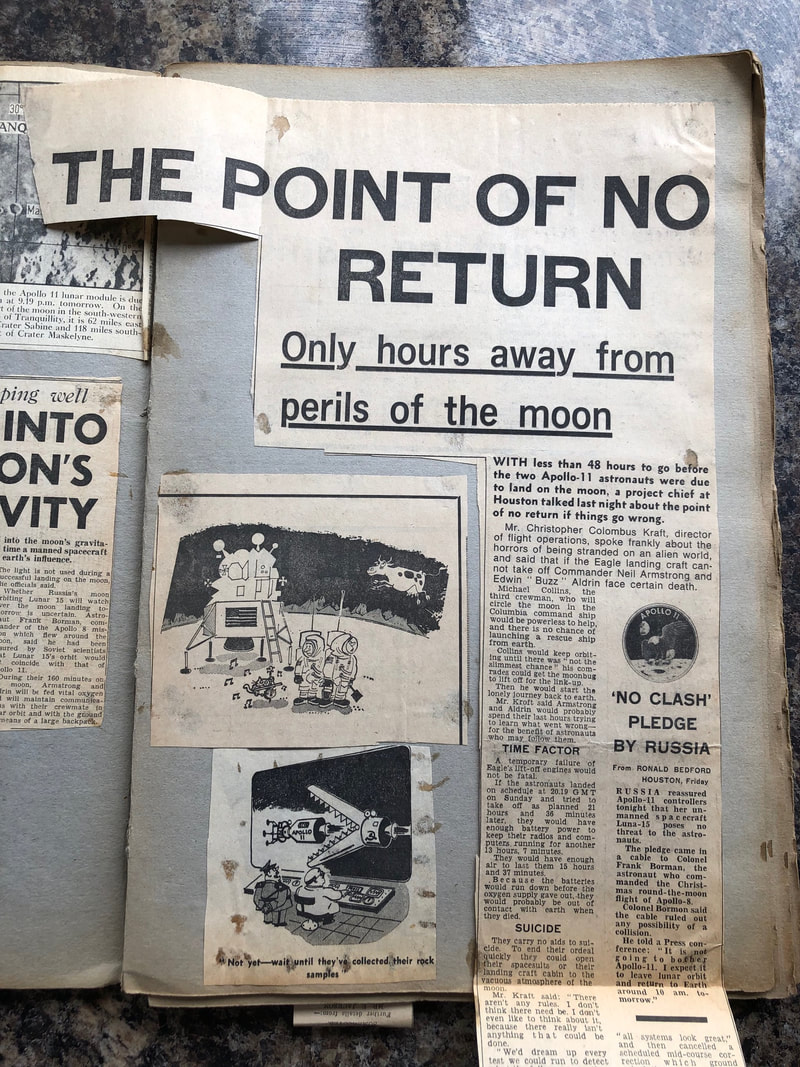
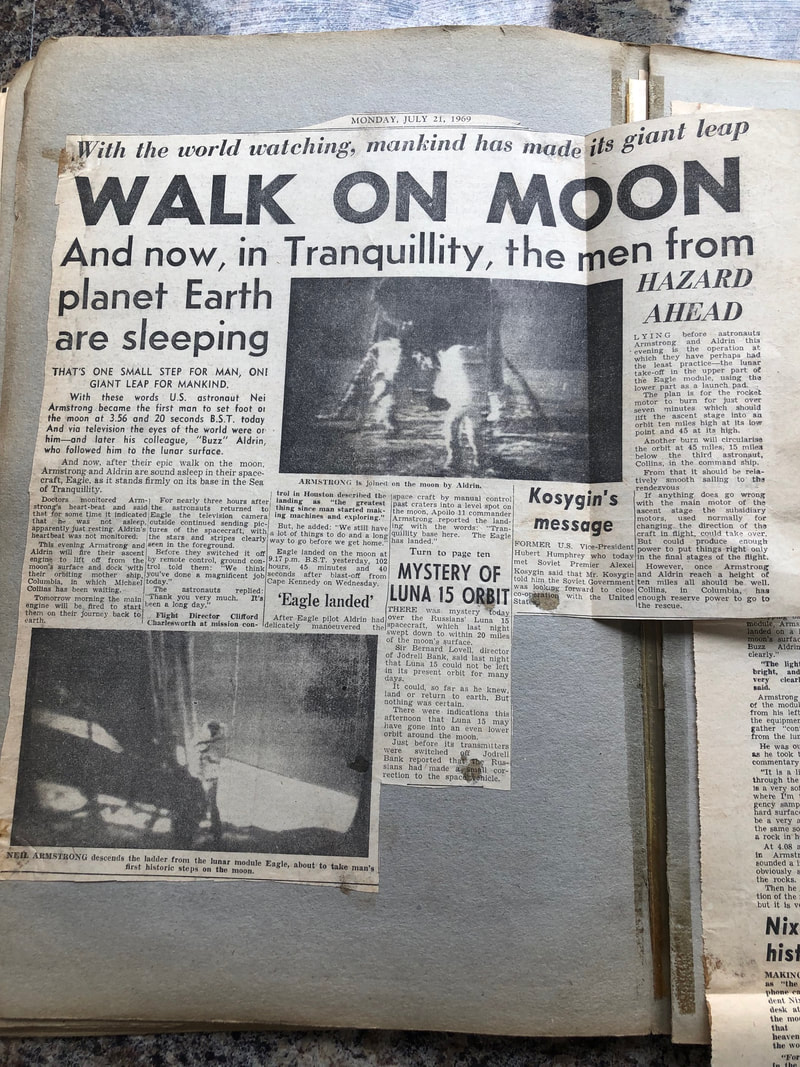
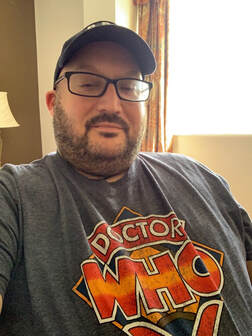
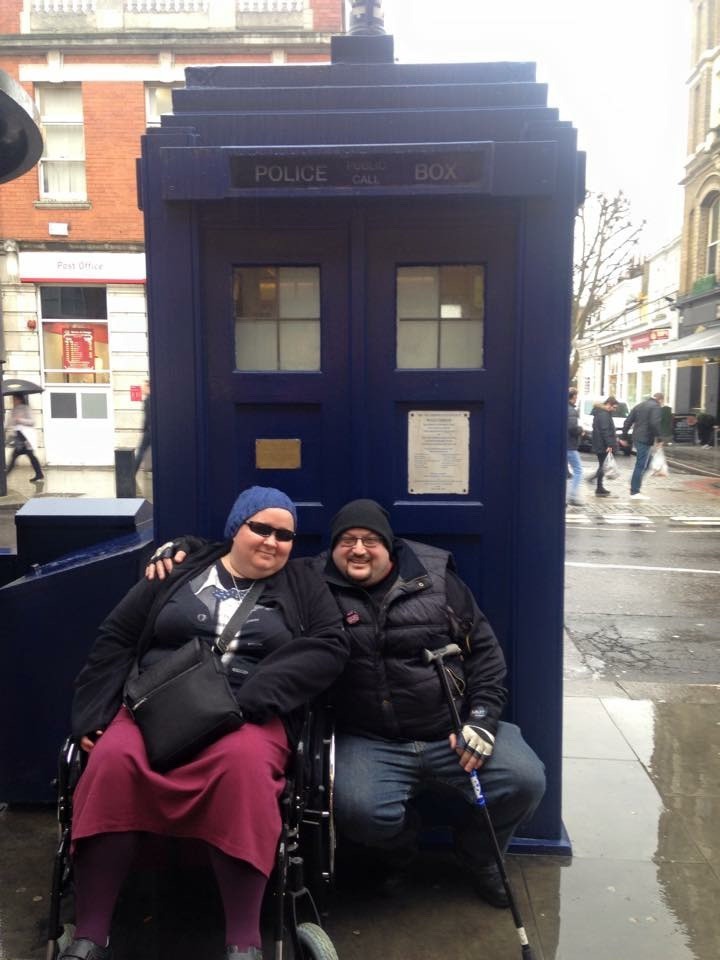
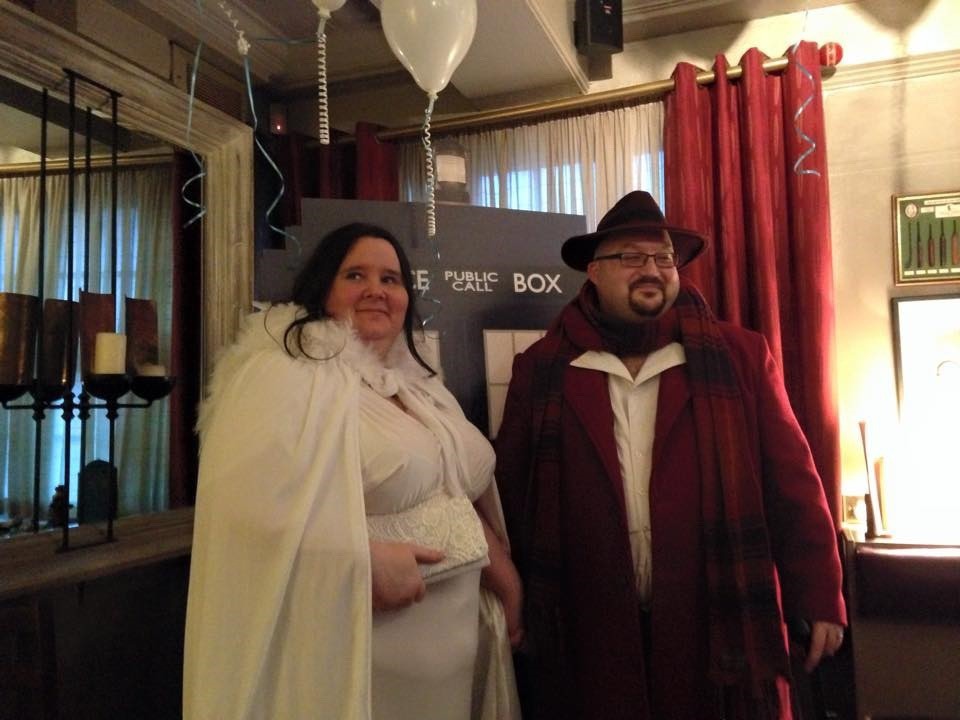
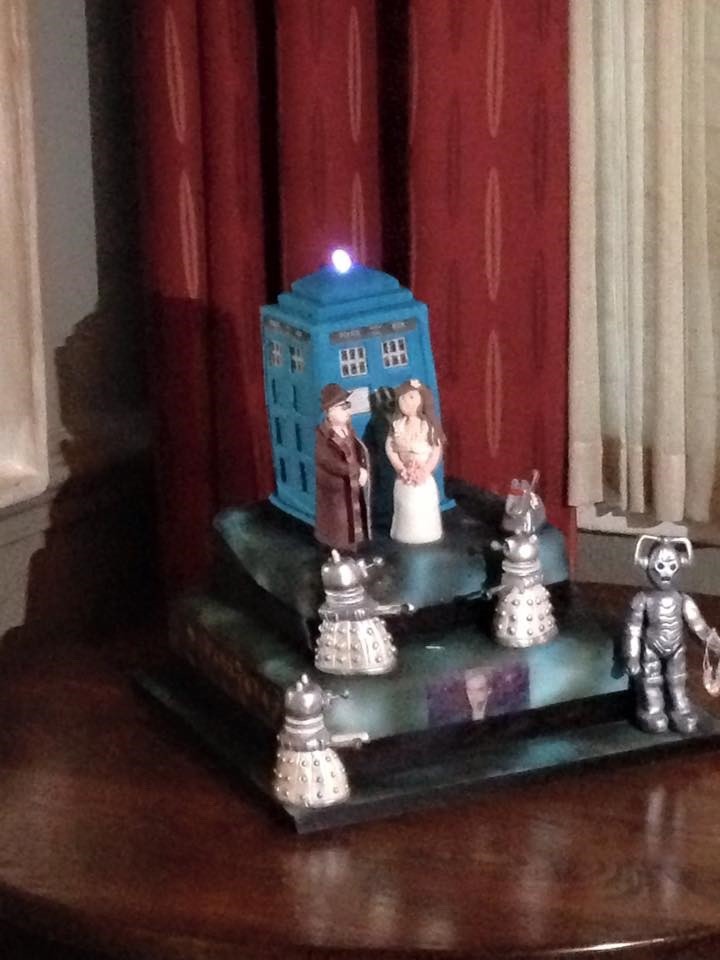
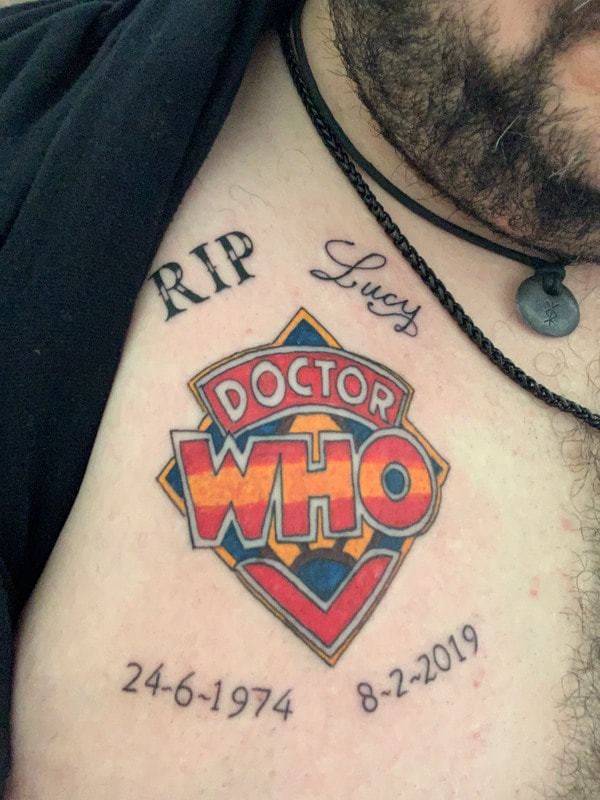
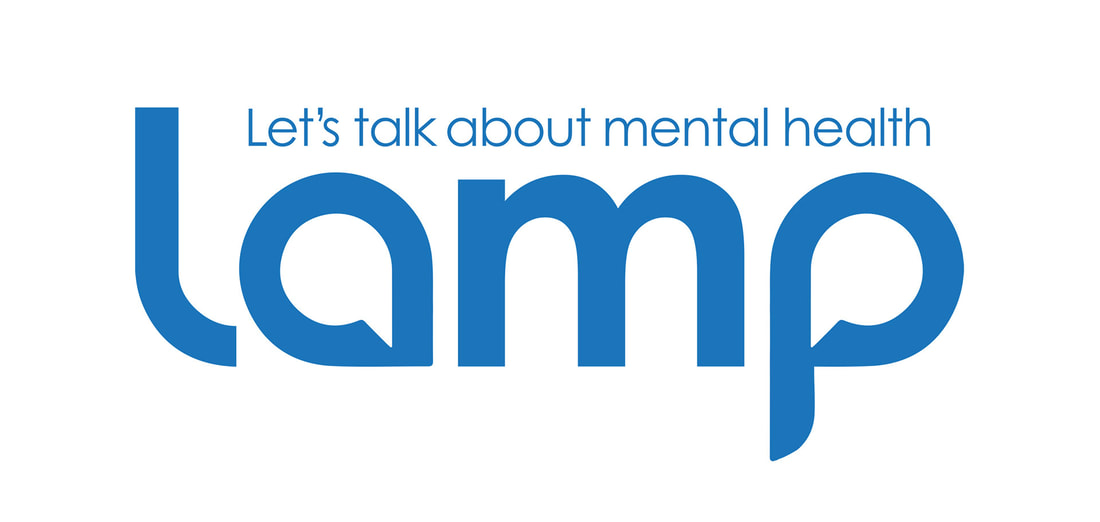
 RSS Feed
RSS Feed
